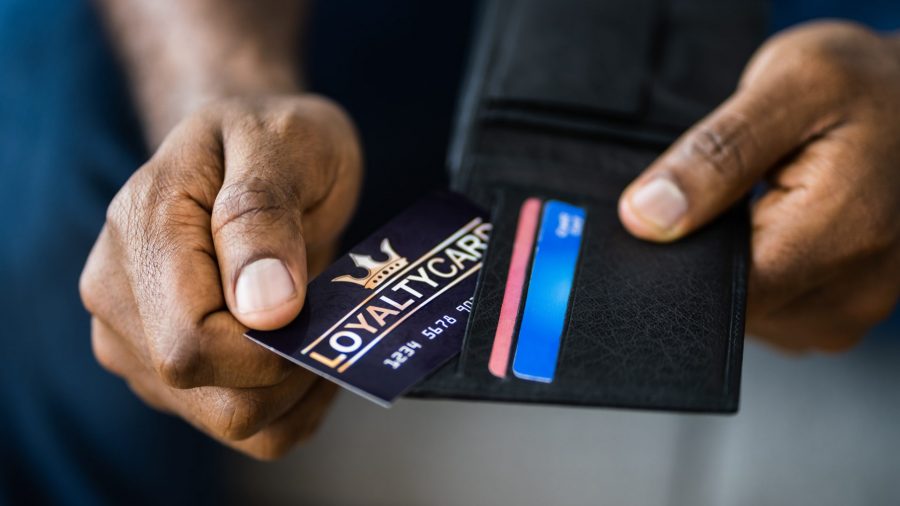Loyalty programs continue to gain traction across the food industry as restaurants and retailers implement new offerings to capitalize on customer allegiance.
The increase is widely tied to pandemic-induced spikes in digital commerce along with consumer’s growing appetite for personalized omnichannel shopping experiences.
“The biggest innovation in loyalty is around dynamic pricing and promotion to reward the right customers for the right behaviors,” Jonathan Treiber, CEO of promotions marketing platform RevTrax, told The Food Institute. “These innovations leverage shopper insights, data science, and digital technologies to optimize profit and sales for a brand at a consumer-level.”
Clash of the QSRs
In 2021, the share of consumers using a restaurant loyalty program increased by 12% from January through April, according to a recent report from Paytronix and PYMNTS. Additionally, 47% of diners now use at least one loyalty program.
Accordingly, some of the biggest names in fast food — from Burger King, McDonald’s, and Wendy’s to Popeyes and Jack in the Box — have implemented loyalty programs over the past twelve months.
Overall, it seems the benefits of customer loyalty are worth fighting for. In addition to driving higher order frequency and ticket sales, digital loyalty platforms enable companies to collect customer data and distribute content to drive deeper engagement, reported Forbes (Aug 20).
Shoppers Prioritize Rewards
In IRI’s 2021 Consumer Connect survey, 51% of respondents said shopper loyalty programs somewhat influenced where they decided to shop, while 22% said it was extremely influential.
The survey also revealed that personalization is a key to consumer loyalty, with 85% of respondents wanting to select their own benefits and rewards, and more than 70% wanting to personalize the way they earn based on their purchases or preferences.
Furthermore, retailers that combine loyalty programs with multiple options for making purchases, such as online ordering or click-and-collect, can improve their chances of capturing consumers’ allegiance, Joan Driggs, vice president of Content and Thought Leadership at IRI said in a press release.
The Subscription Effect
As market competition intensifies, many grocery retailers are also upgrading their loyalty programs.
In August, Albertson Cos. launched a new shopper subscription service called FreshPass, which includes an integrated savings and delivery app. Other grocery retailers now offering or piloting such options include The Kroger Co., Publix Super Markets, and Ahold Delhaize USA’s The Giant Company.
As Supermarket News reported, such augmented digital offerings reflect a trend of retailers trying to lock up omnichannel shopper loyalty via membership programs that mirror Amazon Prime (Aug 16).
The convenience of subscription models like Prime has conditioned consumers to make purchasing decisions based on factors beyond the actual product, Guy Bloch, CEO at delivery and fulfillment cloud platform provider Bringg, told The Food Institute. By offering a subscription-based model with similar features, like free shipping or points towards future discounts, grocers can differentiate themselves against competitors in the market.
“While others may have lower prices or more product options, when a consumer makes a purchase from a brand where they are a “member,” they are purchasing with the understanding that they will receive something better in return than other retailers can provide,” said Bloch.
Subscription models have the potential to unlock guaranteed customer loyalty, Bloch added. “But grocers must make it worthwhile for the consumer to opt in and provide —and deliver on — options that the consumer never knew they needed.”











